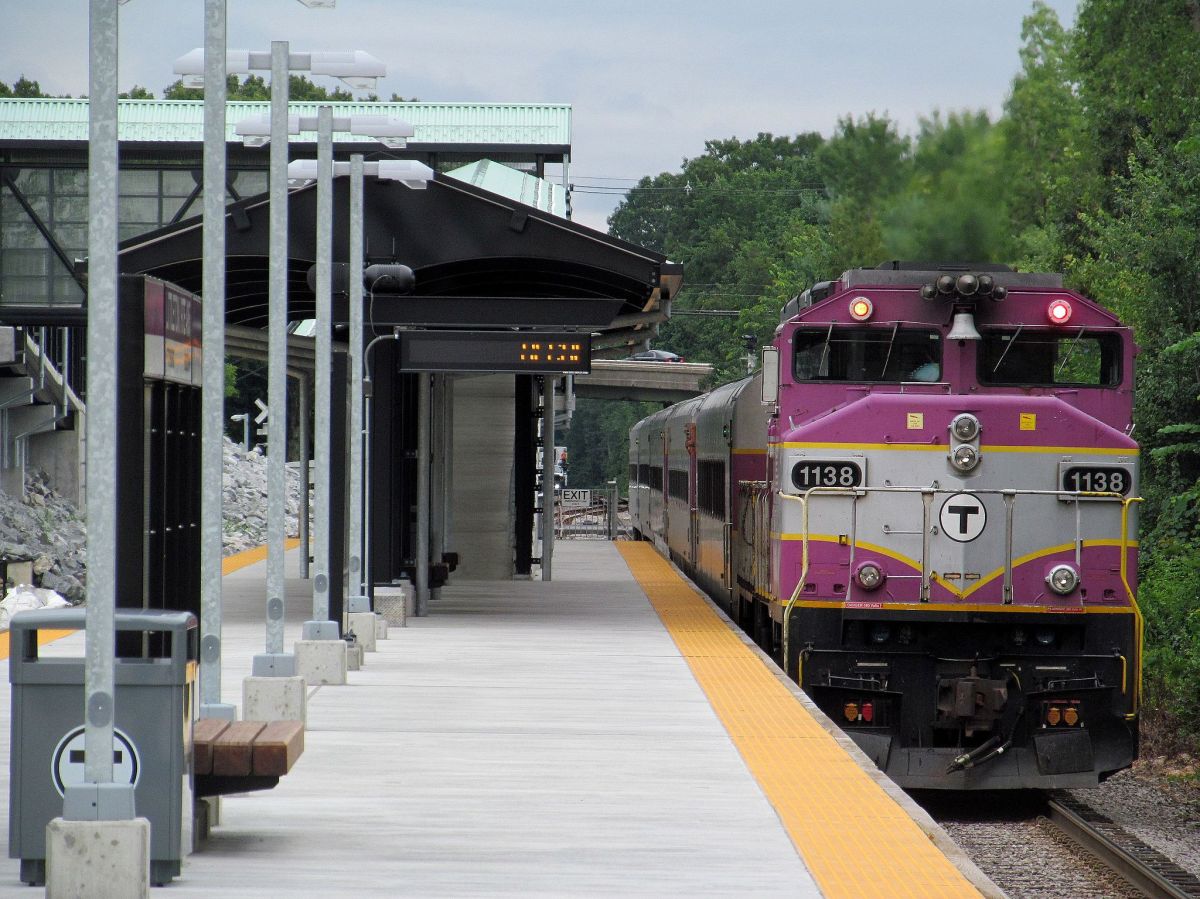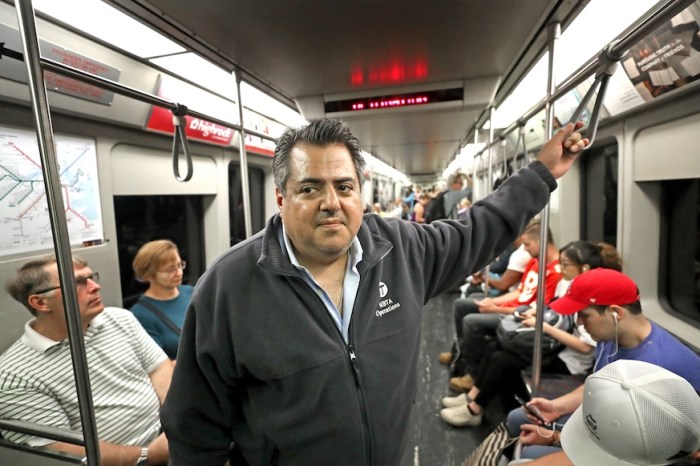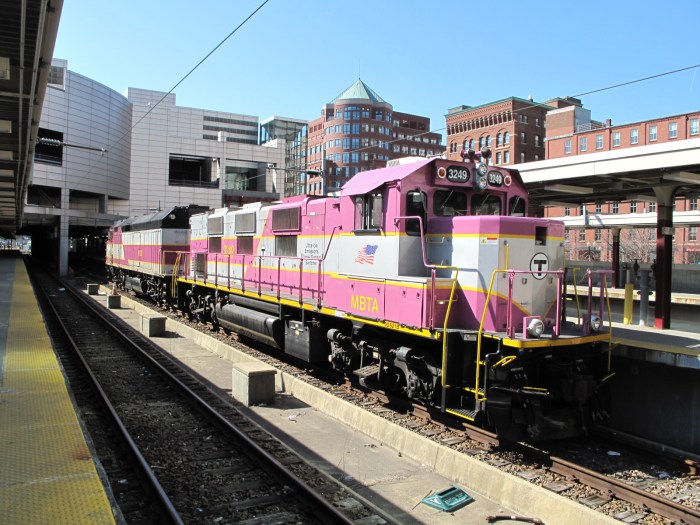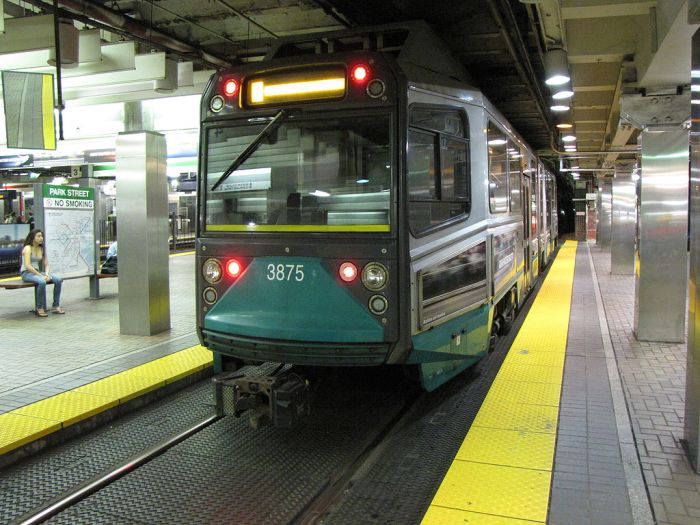New England is known for its spectacular fall season, but as residents (and tourists) enjoy the beauty of the changing leaves, those same leaves could be causing trouble for commuters.
The MBTA and its commuter rail operator Keolis are warning that as the leaves begin to fall, riders may experience delays.
“When fall arrives New England, residents typically think of the scenic foliage,” Keolis said in a statement. “However, commuter rail team members think about the important preventive maintenance required to help ensure service for the network’s 127,000 daily passengers.”
It’s not just winter weather that can affect the commuter rail system from running on time. When leaves fall, they can collect on the tracks, where they are smashed down by trains into a slick film.
It’s known as “slippery rail,” according to the commuter service, and it requires that trains start slowing down for stops sooner than usual.
The slippery film also means that trains take more time to re-gain their speed when they leave a station. That means trains need more time to travel on their routes, which can cause delays.
The good news, though, is that the commuter rail has already been working on ways to combat this.
“Seasonal preparations begin months in advance on the commuter rail,” said David Scorey, CEO and general manager of Keolis, in a statement. “For the past several weeks, our teams have been planning and working on initiatives to reduce the impact slippery rail can have on our service.”
There are specifically-designed MBTA train cars that clear leaves, debris and the dreaded slippery film from the rails. The high-pressure washers are powered by a locomotive and use 15,000 pounds per square inch of pressure to spray 50 gallons of water per minute.
Once the tracks are washed, gels and sand solutions are applied to improve traction.
Rather than taking the time to wash the entire system of tracks, Keolis deploys drones to find out what areas have a build up of leaves and debris.
“This preparation, combined with other recent network enhancements, such as increasing the locomotive fleet size as an example, should help us deliver the high level of service our customers expect,” Scorey assured. “There is more work to do, but we believe these are positive steps in the right direction.”



















